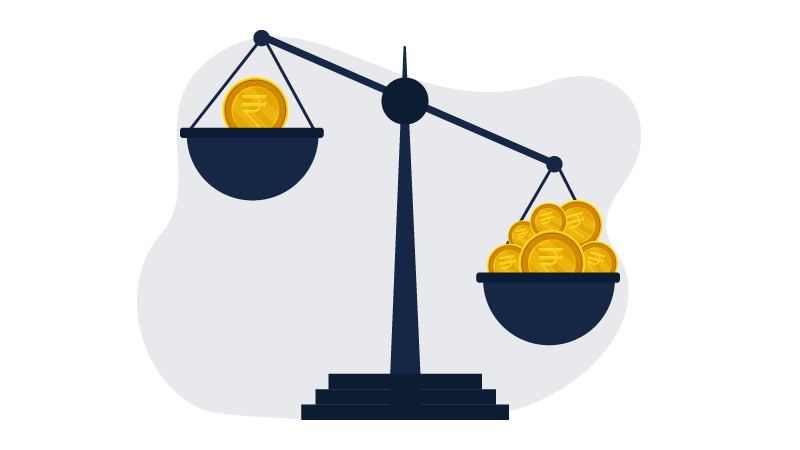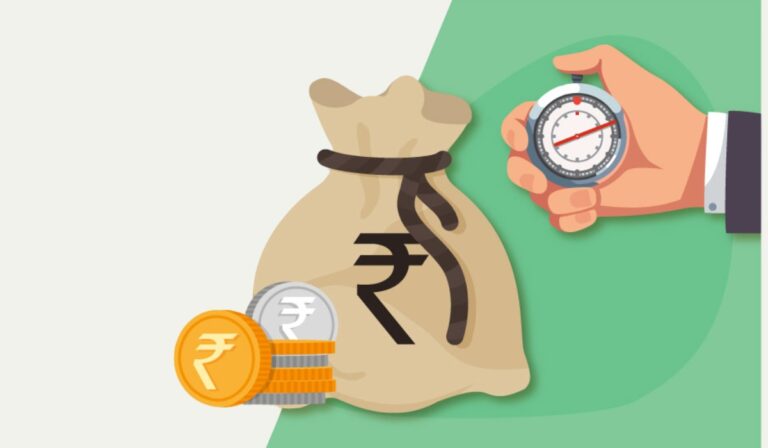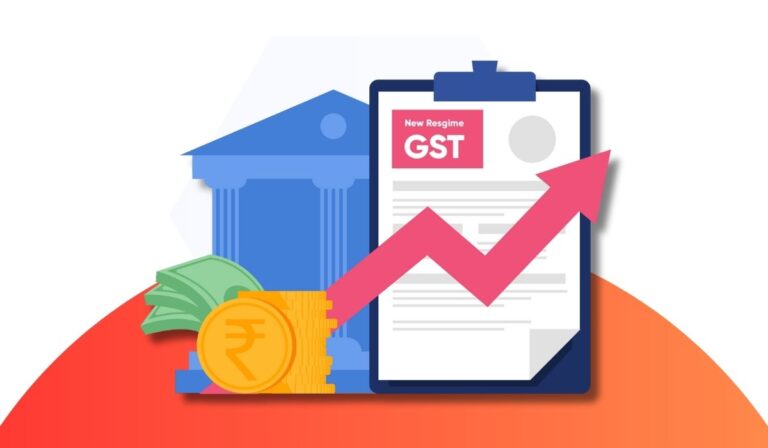In Today’s world, income inequality is a significant concern for many people. With technological advancement, more financial services are being provided through digital mediums. As a result, financial technology has become a popular way to access financial services like investing, borrowing, and banking. Gini-Index is one of the many ways to measure income inequality. A Gini-Index is a handy tool for measuring income inequality as it is simple to understand and interpret. In this blog, we will learn about the concept of Gini-Index and how it is calculated.
What is Gini – Index?
Gini Index is a measure of income inequality. An Italian statistician named Corrado Gini developed the index for inequality measurement in 1912, and thus, the index was named after him. It is measured by dividing the area between the Lorenz curve and the line of perfect equality by the area under the line of perfect equality.
Why is it calculated?
The Gini index is calculated using country or region income data. It can also be done for a specific group of people or a region. This is usually done to compare the level of income inequality between countries and regions.
How is the Gini-Index calculated?
The Gini index is calculated using the Lorenz curve (a graphical representation).
Lorenz Curve is a graph that shows the cumulative distribution of income. This graph is created by plotting the cumulative percentage of payment against the cumulative percentage of households.
A Gini – index ranges from 0 to 1.
If the Gini Index shows 0, that means everyone in that population has the same income or wealth.
If the Gini index shows 1, one specific person has all the wealth, and the other has nothing.
In simpler words, the Gini-Index is directly proportional to the inequality in income distribution.
To calculate the Gini-Index, the first thing that we’ll need is the area between the curve and the line of perfect equality. This area is referred to as the ‘Gini-Coefficient’.
The next thing to do is divide the Gini Coefficient by the total area under the line for perfect equality. Given below is the formula that is used to calculate the Gini Index,
Gini index, G=(A/(A+B))
Were,
A = Area between the Lorenz curve and the line of perfect equality
B = Area under the line of perfect equality
Impact of Gini-Index on Users
It is clear that the Gini-Index can significantly impact users, as a high Gini-Index can point out the large gap between the rich and poor.
Other factors that can affect the income inequality are:
- Economic growth: If the benefits of economic growth are not shared equally, it can lead to income inequality.
- Education: Access to proper education facilities can also lead to income equality, as the wealthy might have more access to education than the poor.
- Discrimination: Discriminating against people based on gender or caste can also contribute to income inequality. For example, in the corporate sector, women are generally paid less for doing the same amount of work as their male counterparts.
Implications of the Gini-Index
- High levels of wealth inequality can lead to social mobility. Moving up the social and economic ladder can be difficult for people from lower-income backgrounds. This can further result in the increasing gap between the rich and poor.
- High levels of wealth inequality can also lead to poor health outcomes. According to studies, people in equal societies have better health conditions than those in unequal societies. One of the primary reasons for this is the need for more access to healthcare facilities for the economically weaker section.
What can be done to reduce income inequality?
1. Increase in minimum wages: Raising the minimum wage can be an excellent start to decrease income inequality as it can give low-income workers more money to survive and spend.
2. Providing shelters: Finding a house can be daunting, especially for low-income people; thus, providing them with affordable housing can help reduce income inequality. The Pradhan Mantri Awas Yojana (PMAY), launched in June 2015, is a mission that works towards providing houses to people.
3. Healthcare facilities: Providing people with proper healthcare facilities can help them stay fit and healthy, which would also help reduce income inequality. According to the World Bank, out-of-pocket expenditure on health was more than 50% in 2020, which needs to be reduced further.
Conclusion
Income inequality is a complex issue, but there are a lot of things that can be done to reduce it. Gini Index is a valuable tool for measuring wealth inequality. In addition, we can create a better society for everyone by investing in healthcare, education, affordable housing, and tax policies.
PayMe is an RBI-registered Indian lending Fintech company providing quick personal loans online to individuals and small businesses at low-interest rates. PayMe aims to bridge the gap between traditional lending institutions and borrowers who may need to meet their stringent requirements. With a user-friendly platform and fast loan approval process, PayMe is committed to providing its customers with financial freedom, Quick disbursal, and flexibility. In addition, the company aims to provide fast loan approval to empower individuals and businesses to achieve their goals by providing timely access to the necessary funds. Payme’s customer-centric approach and innovative technology make it a leader in the Indian lending Fintech industry.
Read more: What is freemium, and how is it helpful




